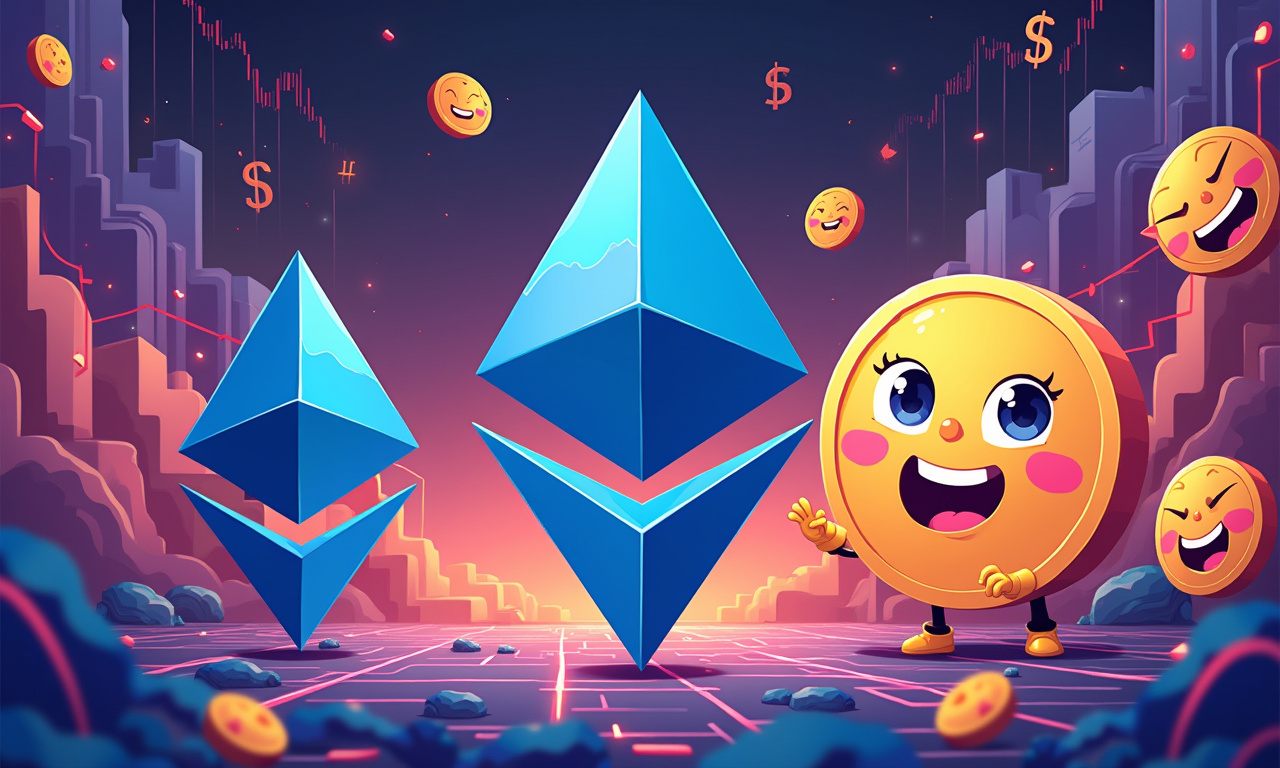Takashi Murakami. Base. NFTs. Three words I never imagined I’d put together with such… eagerness? Let’s not kid ourselves, the NFT world has been a bit of a digital wasteland as of late. Remember the hype? The Bored Apes? The promises of a decentralized future? It all seems like a bad fever dream at this point. Then, wham! Murakami releases the “108 Flowers Revised” collection on Base, Coinbase’s Layer 2 scaling solution. Just like that, the tide turns! Could this be the NFT market’s much-needed defibrillator?
Superflat Art, Superflat Fees?
Murakami's "Superflat" aesthetic is iconic. That's undeniable. It's a visual language that speaks to a generation raised on anime, manga, and a healthy dose of ironic consumerism. Translating that into NFTs? It’s way more than just creating an edition of 10 by minting a jpeg on a blockchain. Share his ideas with a wider audience, translating them into a new digital format. Here’s what can’t happen—make it feel inauthentic and like a cynical cash grab.
The choice of Base is crucial here. Let’s be real, Ethereum gas fees have been the scourge of the NFT universe. In doing so, they unfortunately priced out a lot of would-be collectors. What would otherwise be a democratizing force has instead created an exclusive club for whales. Base offers a potential solution: lower transaction fees. While this may seem superficial, this is not just an effort to save a few bucks, this is about accessibility. It’s about giving average working and middle-class art lovers a chance to engage without having to sell their home. It is a game changer.
| Feature | Ethereum (Mainnet) | Base (Layer 2) |
|---|---|---|
| Transaction Fees | HIGH | LOW |
| Speed | SLOW | FAST |
| Accessibility | LIMITED | WIDER |
Art World Meets Digital Frontier
Murakami isn’t an isolated case of a celebrity just testing the waters of NFTs. He's a legitimate art world heavyweight. His collaborations with Louis Vuitton and Supreme are testaments to his talent in pairing high art with street culture. He really knows how to connect that dot. This NFT launch is the perfect next step in realizing that vision.
Think about it: for years, the art world has been stubbornly resistant to digital art. There's been this lingering skepticism, this feeling that it's somehow less than a physical painting or sculpture. Murakami’s involvement dramatically alters the picture. He posits these NFTs as traceable, digital relics that represent his creative legacy. So, on one level, it’s a huge vindication for NFTs as an accepted or legitimate art form. It’s that validation that can truly make waves in the art world. It can galvanize administrations to implement better policies and develop new pathways for artists to engage with collectors.
Is this the answer to decentralizing art and ushering in a new era of digital art ownership? Might it help connect traditional art institutions with emerging, decentralized communities? It's a provocative thought, isn't it?
Rarity, Utility, Reality Check
Okay, let's pump the brakes a bit. While I'm excited about the potential of this project, I'm a realist. The NFT market is still incredibly volatile. Market volatility risks are real. Security breaches happen. The allure of “utility” behind these digital trading card ecosystems? Show us before you expect us to trust it.
I'm also wary of the hype. The minting event is scheduled for July 31st, and I can already see the headlines: "Murakami NFTs Sell Out in Minutes!" "Collectors Scramble to Get Their Hands on Digital Flowers!" Will our infrastructure be able to withstand the pressure? Will the minting capacity be overwhelmed? Security is paramount. Make sure you do the following: Get ready, your crypto is bridged to Base, and your wallet is safe!
Past the first wave of excitement, will these NFTs retain any kind of value? Will they stay true to their promise and develop into authentic collectors’ items, or will they merely be another passing fad? That remains to be seen.
Here is the bottom line: This launch is not just about owning a piece of art. It's about owning a piece of art history in a verifiable, immutable format.
So, is this the NFT catalyst we’ve all been waiting for? Maybe. That’s good, and it’s definitely a step in the right direction. It’s also a poignant reminder that even the most vibrant spectacle can quickly die if people don’t have the capacity to properly steward huge installations. We need to approach this with pragmatic optimism, a healthy dose of skepticism, and a willingness to learn and adapt. That answer will determine the future of NFTs and digital art as a whole.




